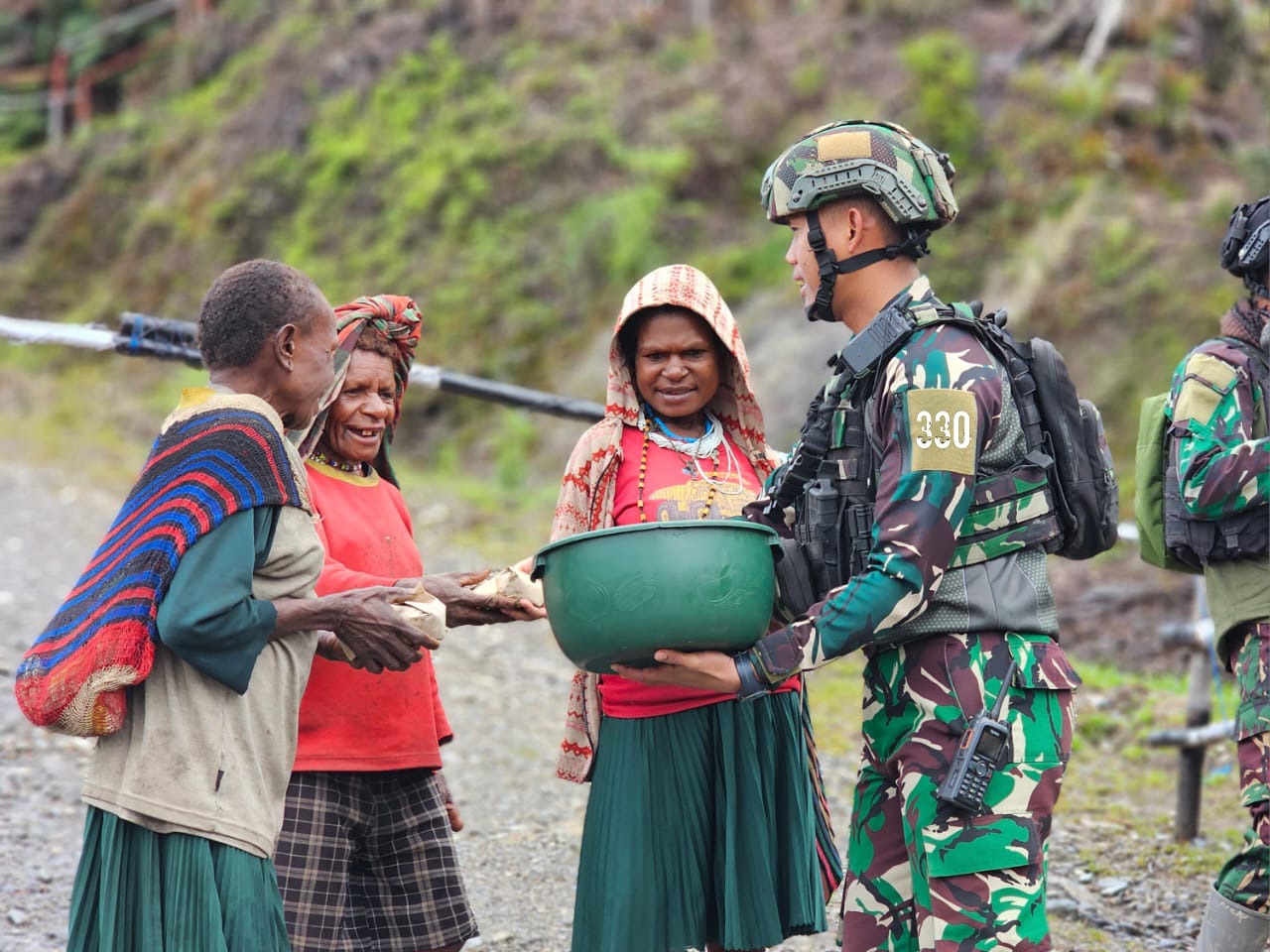Sexual Abuse Towards Children Often Done by Closest Family Members How do We Prevent it?

Author: Agustini, M.Psi.,Psychologist dan Aulia Kirana, M.Psi.,Psychologist
A family plays an important role in maintaining and protecting children. Family is a place for children to find comfort and happiness. However, for a handful of children, family has failed to become a “home” for them to find happiness and comfort. Child protection remains a responsibility held by several parties, such as: parents, family, society and the state. Child protection protects the psychological condition of the child, especially in psychological development, so that children can develop both mentally and psychologically.
In the Indonesia, one of the laws about child protection states that children must be protected from violence. Sexual violence is a serious case and cannot be underestimated. Sexual violence against children occurs especially among girls who are more targeted. Victims of sexual violence mostly experience physical symptoms and emotional stress.
Recently, sexual violence has begun to rise. Which many include cases done directly by family members (incest). Many cases of sexual violence done towards children is done by the closest members of the family. Sexual violence is often committed by people closest to them, such as: parents to children, uncles to nephews, or grandfathers to grandchildren. This may happen as power plays a huge role, as children would be too afraid and will often be left unable to do anything.
Based on the National Commission on Violence against Women in 2019, it was stated that sexual violence in the personal sphere was committed by family members, incest or sexual crimes were committed by people in the victim’s surrounding environment. This is the most common case. A total of 1,071 cases were reported, the rest was not reported to the authorities. KPAI classifies 62% of the incidents of violence as occurring in the immediate environment, while 38% occurred in the public sphere. The Witness and Victim Protection Agency (LPSK) noted an increase in the number of requests for protection against sexual violence against children. Even this amount exceeds other crimes. Cases of sexual violence becomes one of the most worrying cases till today.
An Obstacle that may prevent someone from reporting a case of sexual violence is the fear they felt. Most children do not understand that they are victims of sexual violence and find it difficult to trust others. Often they kept their experience a secret. Victims of sexual violence feel ashamed to tell what happened and think that it was their fault. Cases of sexual violence often make victims feel that they will disgrace their family name. Therefore, several cases of sexual violence often go unresolved because of the denial of the victims themselves.
Victims are the most disadvantaged party, as they will develop physical and psychological disorders afterwards. Sexual violence experienced by victims results in the loss of virginity. In the long term, mental disorders may develop. The impact seen on victims of sexual violence or rape include severe psychological trauma and a strong urge to commit suicide. This has a tremendous impact on self development of victims of sexual violence during the long run.
Children who are victims of sexual violence have trauma when they are unable to keep everything to themselves. And when they grow up, they have trouble controlling their emotions and often grow self hatred upon themselves. Victims of sexual violence will experience Post Traumatic Stress Disorder (PTSD). Aside from that, many victims stay traumatic from childhood reaching up to adulthood.
Sexual violence is an interaction between a child and an adult, such as a stranger, sibling or biological father. Children become one of the objects of satisfying sexual desires for perpetrators. This can cause a feeling of dislike and even a deep sense of hatred in the victim against the perpetrator. Most victims, in relieving their anger, think of taking revenge on the perpetrators by expressing feelings of revenge and anger on the perpetrators.
Victims are often blamed as the cause of sexual violence, so that victims will be more likely to keep the cases of sexual violence they experienced. Victims often feel guilty for the actions committed by the perpetrators and are disappointed by events that they never wanted. Victims often feels pressured and threatened when the perpetrator threatens the victim, causing a deep fear and discomfort felt by the victim. They end up not wanting to convey it to other parties because they are afraid that their life will be threatened and they feel ashamed of themselves. When children become victims of sexual violence facing these psychological conditions, they need support and assistance from other people, such as: family, relatives, friends, or professionals such as psychologists. The following are some precautions to take to prevent sexual violence against children.
First, Communicate. Establishing open communication between parents and children is an important first step. Parents can teach children to talk about their bodies, personal boundaries, and their rights. Make sure children understand that they can express discomfort and ask for help if they feel threatened.
Second, proper sexual education according to the age of the child. Teach children about their sexuality and body gradually according to their age. Provide appropriate and developmentally appropriate information so that they understand healthy boundaries in social interaction and can identify inappropriate behaviour.
Third, supervision and control. Provide adequate supervision of children, especially when playing with friends or even with adults, supervise children when interacting with strangers outside the home or when using digital technology. It is important for parents to monitor their children’s online activities and ensure they are not communicating with strangers.
Fourth, identify warning signs. As a parent, you must be observant in understanding changes in attitudes in children, such as drastic changes in behaviour such as a change from a cheerful attitude into a sudden quiet one, decreased academic performance, and found physical injuries that the child could not explain. If parents suspect that a child may be a victim of sexual violence, report immediately to theauthorities.
Fifth, Personal security training. Teach children personal safety skills, such as not trusting new people easily, knowing people who can be trusted, understanding healthy physical boundaries, and reporting inappropriate behavior to adults they trust.
Sources:
Ellsworth, L. (2007). Choosing to Heal: Using Reality Therapy in Treatment of Sexually Abused Children. New York: Routledge.
Http://www.ecpatindonesia.org/ (diakses pada 15 april 2019)
Hidayatullah, S .,& Argiati, B. H. S. (2013) Dinamika psikologi dan perilaku forgiveness bagi korban kekerasan dalam rumah tangga. Jurnal spirits, vol.4/ 01,issn: 2087‐7641.
Huraerah, A. (2007). Kekerasan Terhadap Anak. Jakarta: Penerbit Nuansa.
Kristiani, Renata. (2010). “Haruskah Anak Kita Menjadi Korban?” Newsletter Pulih, Volume 15 tahun 2010, hal. 4. Jakarta: Yayasan Pulih.
Lubis. 2013. Psikologi kespro: Wanita & perkembangan reproduksinya. Jakarta: Kencana Prenada Media Grup.
Noviana, I. (2015). Kekerasan Seksual Terhadap Anak: Dampak dan Penanganannya. Pusat Penelitian dan Pengembangan Kesejahteraan Sosial;Kementrian Sosial RI.
Ronken, C. & Johnston, H. (2012). Child sexual assault: Facts and statistics. Queensland: Bravehearts.
Nurwati, N., & Krisnani, H. (2019). Dampak Dan Penanganan Kekerasan Seksual Anak Di Keluarga. Prosiding Penelitian dan Pengabdian kepada Masyarakat, 6(1), 10-20.
Putri, D., & Nurhamlin, N. (2018). Profil Korban Kekerasan terhadap Anak di Kota Pekanbaru (Doctoral dissertation, Riau University).
Supardi & Sadarjoen. (2006). Dampak psikologis pelecehan seksual pada anak perempuan. Dikutip dari http://www.kompas.com/ pada tanggal 20 Oktober 2015.
Sisca, H., & Moningka, C. (2009). Resiliensi perempuan dewasa muda yang pernah mengalami kekerasan seksual di masa kanak-kanak. Jurnal Proceeding PESAT (Psikologi, Ekonomi, Sastra, Arsitektur & Sipil) Vol : 3 Oktober 2009
Yolandasari, A. R. (2015). Penyebab atau Penyembuh? Kekerasan Seksual terhadap Lesbian,Jurnal Perempuan. Vol. 20 (4), Hal. 86-96.Yuwono, I. D. 2015. Penerapan Hukum Dalam Kasus Kekerasan Seksual Terhadap Anak. Yogyakarta: Pustaka Yustisia.







Leave a Reply